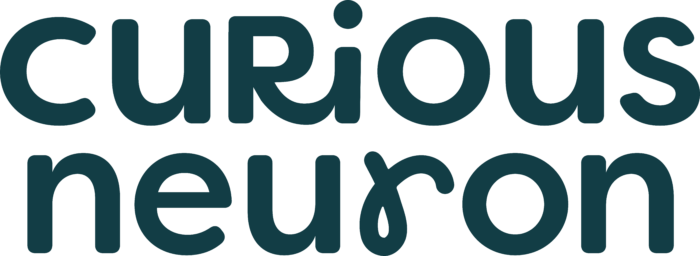Constructive criticism is never easy to accept, at any stage in life. Nobody enjoys being told they’ve done something wrong. Most people tend to rationalize such situations as misunderstandings or opportunities for learning. However, for individuals, especially children, with Pathological Demand Avoidance (PDA), this process of rationalization can be challenging. They might find themselves stuck in a loop, attributing redirection to moral shortcomings or experiencing anxiety about how their peers perceive them. In this article, we will explore the concept of Pathological Demand Avoidance and delve into the transformative power of language, which extends beyond PDA and can benefit all neurodivergent youth.
What Is Pathological Demand Avoidance (PDA)?
Praesent sed est ut justo maximus molestie et quis leo?
Pathological Demand Avoidance (PDA) represents a distinctive subset within the broader spectrum of autism spectrum disorder. It is characterized by unique traits, including an intense analysis of social situations, heightened concerns about morality, strong reactions to redirection, and sensory sensitivities. These strong reactions can manifest as mood swings, outbursts, and even panic attacks. For children with PDA, navigating the social world and structured environments like school can be challenging. However, it’s crucial to understand that this does not mean they cannot thrive in such settings.
The Power Of Language In Addressing PDA:
PDA is a condition heavily influenced by language, and one of the most effective ways to support individuals with PDA is by making thoughtful changes to our language.
Begin by reframing the use of the word “Don’t.” This word can come across as harsh and scolding, even when it’s not intended that way. Instead of saying, “Don’t do that,” try:
- “Would you mind doing this?”
- “Would you do me a favor and…”
- “It would be so helpful to me if you could…”
By placing the desired behavior ahead of the undesirable one, we can correct behaviors in a less triggering manner, reducing the potential for anxiety and distress.
Acknowledging The Lighter Side Of Life:
Maintaining a calm environment is essential in helping children cope with PDA. Even during challenging episodes, it’s vital to remain calm and supportive. Finding humor or a silver lining in our own mistakes can help destigmatize corrections for your child.
Understanding Sensory Challenges:
During periods of anxiety or distress, it’s important to give your child space. Allow them to initiate any physical contact to prevent sensory overload.
Always Assume the Best Intentions:
Remember that demand avoidance often stems from a desire to excel. It’s crucial to approach situations with the assumption that your child is genuinely trying their best.
Pathological Demand Avoidance can pose unique challenges for both individuals and their families. However, by harnessing the power of language and maintaining a supportive environment, we can help neurodivergent youth thrive. Remember to stay empathetic, understanding, and patient as you navigate this journey together. For further resources and guidance, reach out to professionals and support networks specializing in neurodiversity. Your child’s potential is boundless when nurtured with love and understanding.













